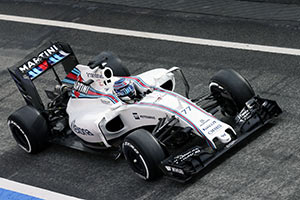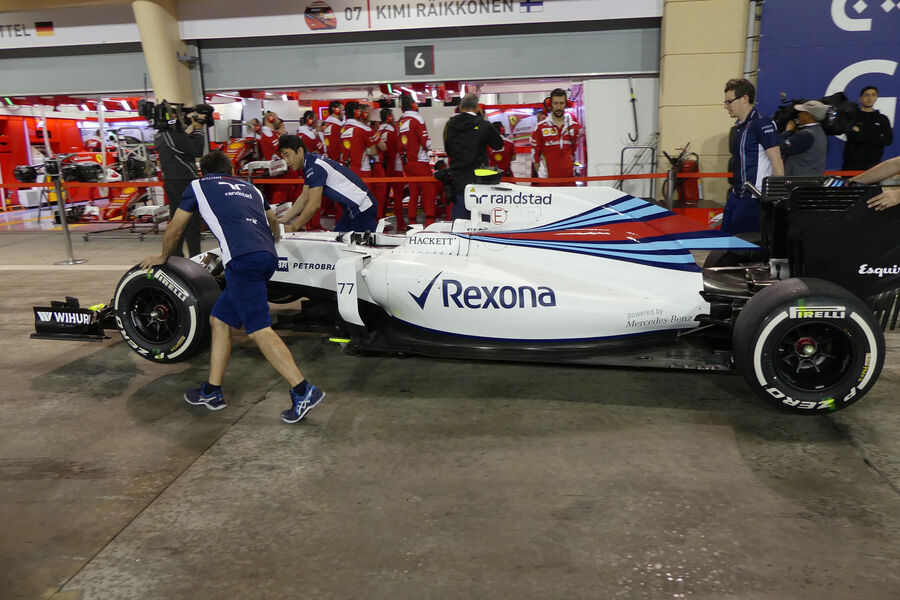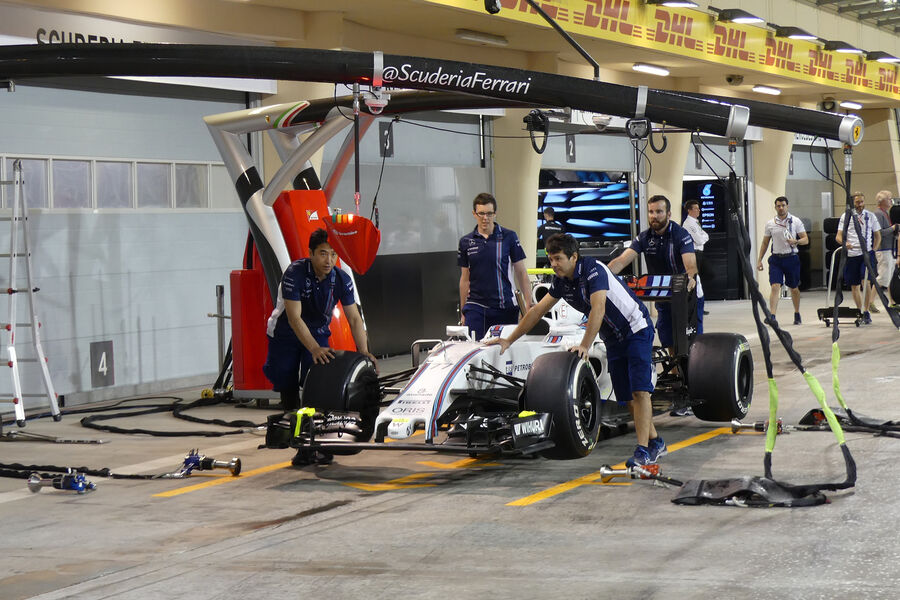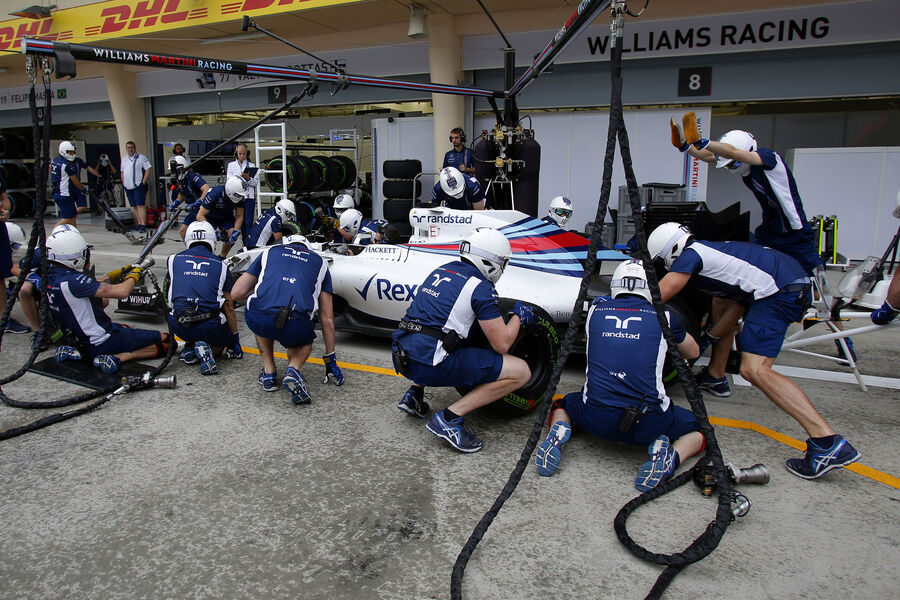LookBackTime wrote:Sevach wrote:Is it me or has the bodywork/wing extension changed in shape since the pre-season?
Before it seemed more uniform, straight at downward angle.
Now it has a very slight "S" shape, and at the extremities they are no longer curved downwards(at least not as much as before).
here you could get some answers:
https://translate.google.com/translate? ... edit-text=
Proper english translation!
http://www.motorsport.com/f1/news/bite- ... il-683447/
Bite-size tech: Williams FW38 splitter and rear end detail
Williams intends to run numerous new parts on the FW38 this weekend as it sets its sights on overhauling Toro Rosso and chasing Ferrari, having conceded it was not at its best in Australia.
As such we're expecting a new, shorter nose mated to a more complex front wing, although it is not expected to arrive at the circuit until Friday.
There is already a small visible amendment to the FW38, as the vertical fins on the front edge of the splitter have been increased in height and turned outward to promote the direction of the airflow around the bargeboards and sidepod undercut, whilst affecting how the airflow rolls up in the splitter's outer channel, as they look to improve the diffuser's performance.
At the rear of the car there is nothing new to talk about, but it is nice to appreciate some of the details.
Williams has increased the number of slots in the floor ahead of the rear tyre for 2016, whilst adding an additional vertical floor strake.
These will help to manage 'tyre squirt', which impinges on the performance of the diffuser, as airflow is squirted laterally off the rear tyre as it rotates and deforms under load. The slots and strakes are used to straighten this flow and minimize disturbance in the diffuser.
You'll also note that the FW38 stands out when compared with other machinery on several fronts - but none more so than the carbon bow that runs around the periphery of the cooling outlet.
The bow not only helps with the hot air extraction from the engine cover, acting like a aspirator - but it also guides airflow in the region in a similar way to the beam wing that was banned in 2014.
The beam wing helped to connect the airflow structures generated by the diffuser and how its upwash connected with the rear wing airflow structure, to improve overall balance and downforce.
Additional reporting by Matt Somerfield








